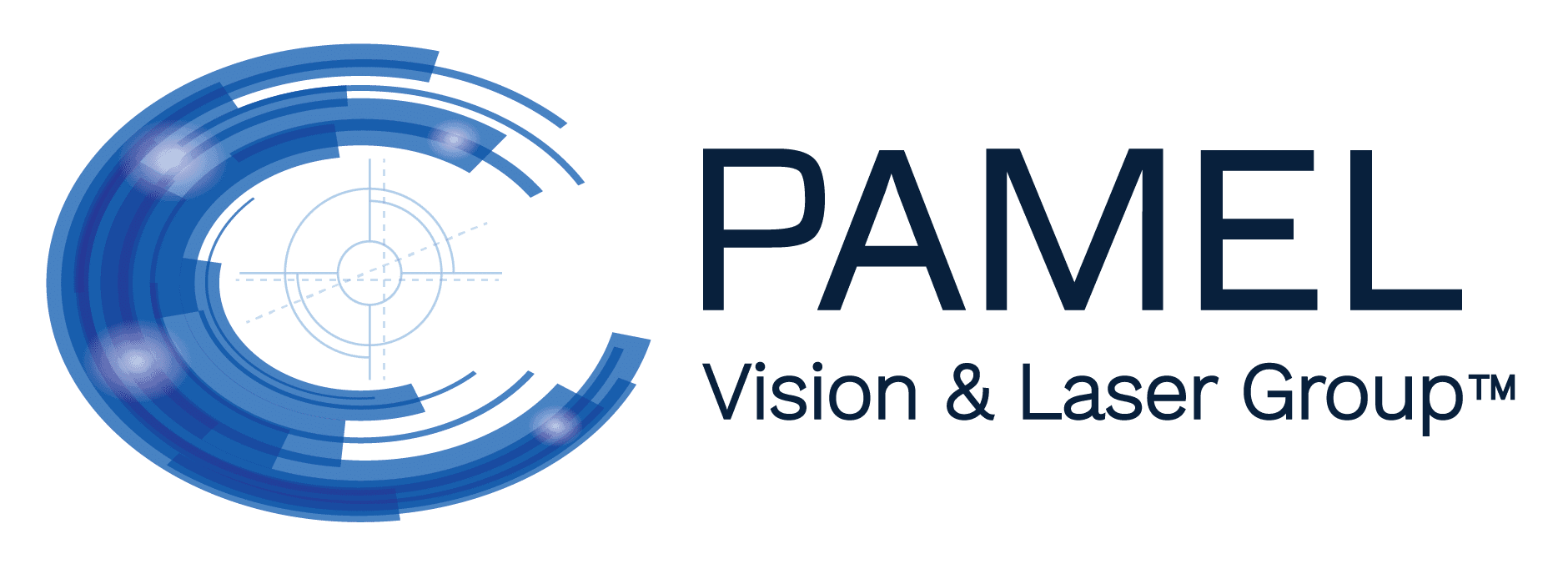Corneal Crosslinking
- Posted on: Aug 17 2020
 Patients who suffer from progressive keratoconus face the prospect of gradually dimming vision, as well as multiple corneal transplant surgeries to replace a thinning, cone-shaped cornea. In recent years, an innovative new solution has become available: corneal crosslinking.
Patients who suffer from progressive keratoconus face the prospect of gradually dimming vision, as well as multiple corneal transplant surgeries to replace a thinning, cone-shaped cornea. In recent years, an innovative new solution has become available: corneal crosslinking.
This technique repairs the cornea by stimulating collagen production in corneal tissue. New York City ophthalmologist Dr. Gregory Pamel has extensive experience with this procedure, and through it has restored hope and clear vision for hundreds of patients.
Gold Standard
Although there are various approaches to corneal crosslinking, Dr. Pamel believes the “epi-off” technique is best. In fact, in the medical literature it is often referred to as “the gold standard” in keratoconus treatment.
“Epi” is an abbreviation for the epithelium, the outer layer of the cornea. During the surgery, this surface is removed and riboflavin eyedrops are applied to the newly exposed tissue. After approximately 30 minutes, during which time the riboflavin fully penetrates the eye, ultraviolet light is targeted on the area to trigger the production of collagen to fortify the cornea, halting the progression of keratoconus and preventing future loss of visual acuity. The “links” that result from crosslinking are the collagen fibers that will grow and strengthen, stabilizing corneal structures. The entire in-patient procedure takes about an hour and a half; and because your eyes will have been numbed, you will feel no pain.
A Less Invasive Option
Corneal crosslinking will typically not reverse the effects of keratoconus, but it is the only proven technique for stopping its progression. A corneal transplant is the only other treatment option.
An alternative crosslinking approach called “epi-on” corneal crosslinking keeps the epithelium intact. This has the advantage of shortening recovery time and reducing the discomfort you will feel during healing. There is less chance of infection and less likelihood that you will experience corneal haze or clouding. However, it is not as effective in stopping the progression of the disease.
Epi-Off Corneal Crosslinking Recovery
To promote healing, you will wear a soft contact lens for each affected eye and apply antibiotic and steroid drops as Dr. Pamel advises. You will also need pain medication for the first few days.
To learn more about the benefits of corneal crosslinking, schedule an appointment with Dr. Pamel at his Manhattan or Astoria office by contacting Pamel Vision & Laser Group today.
Posted in: Corneal Crosslinking




